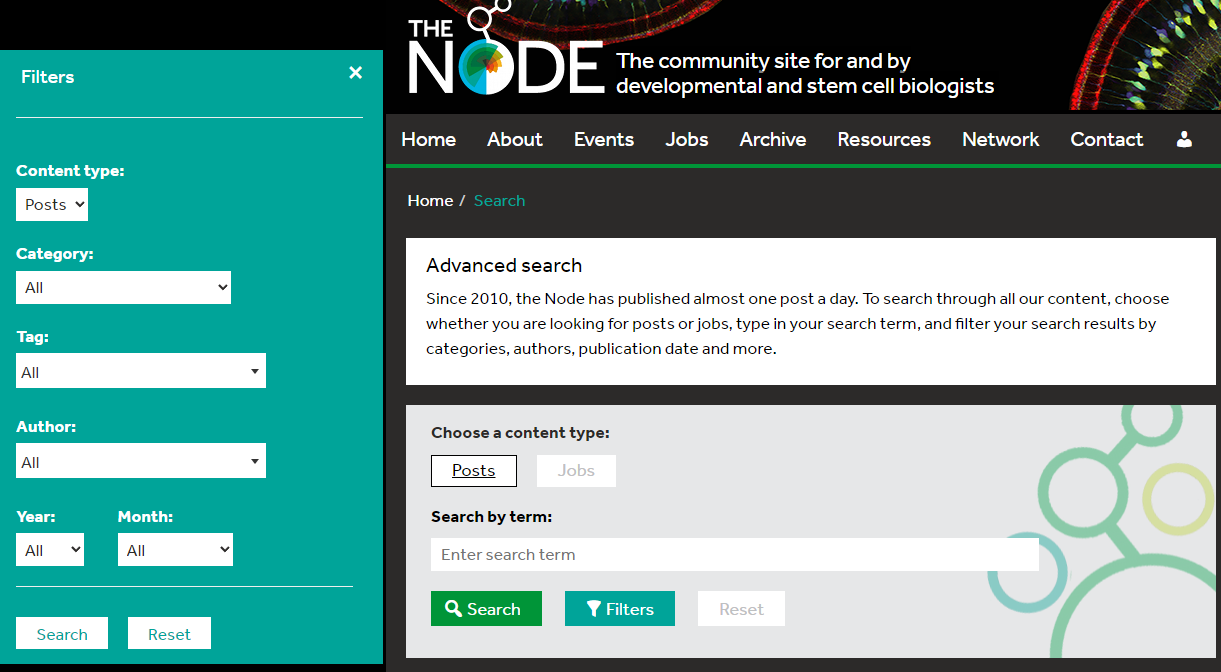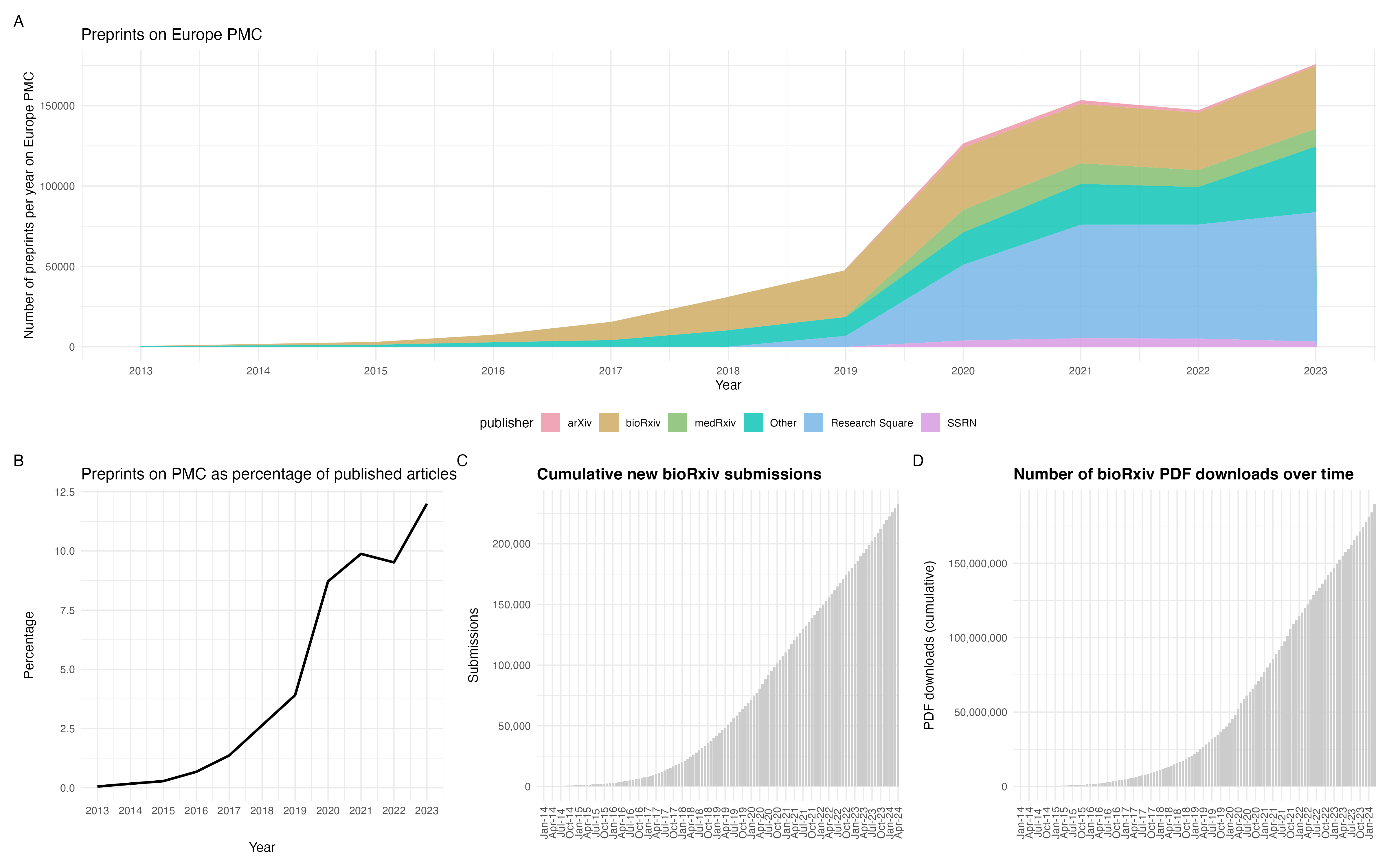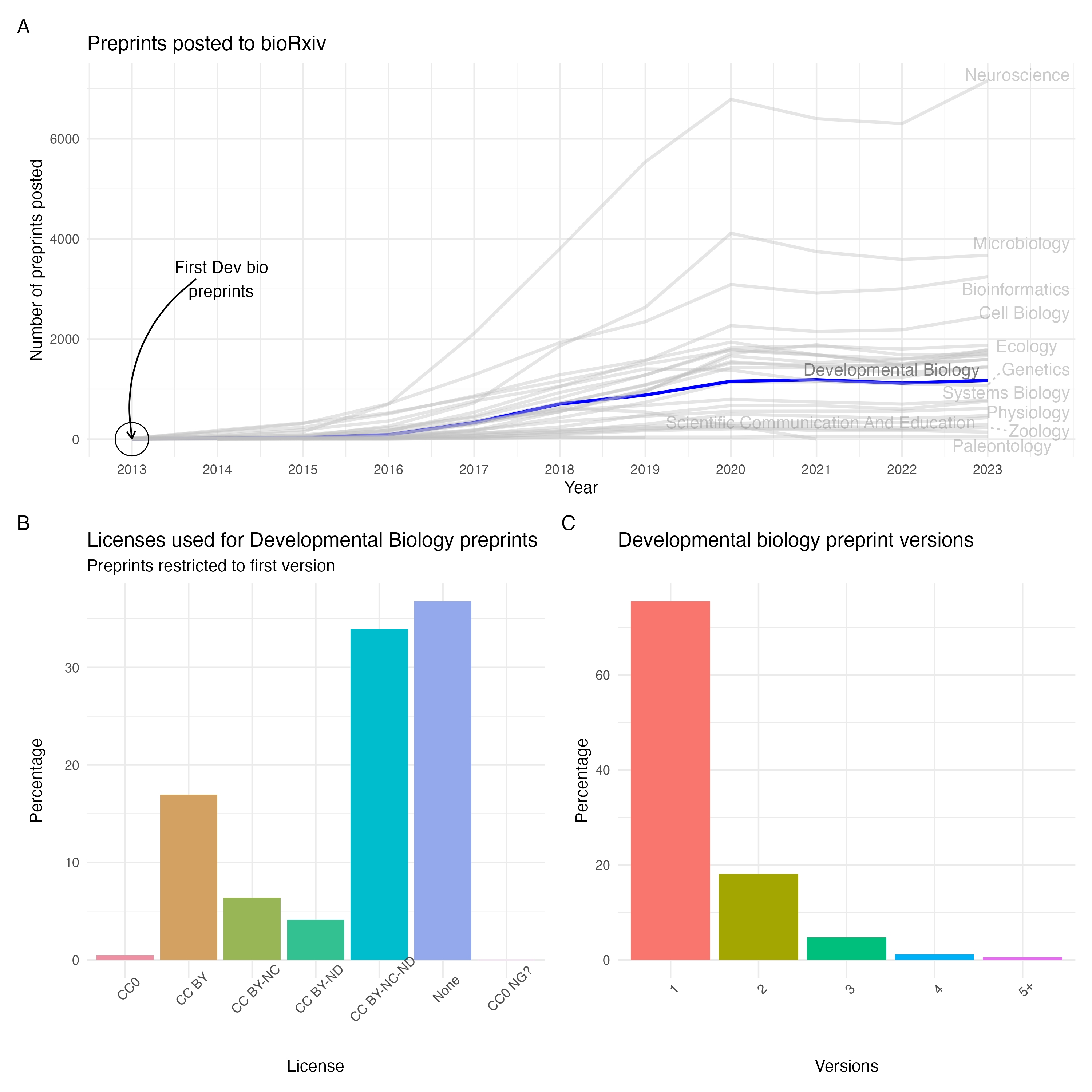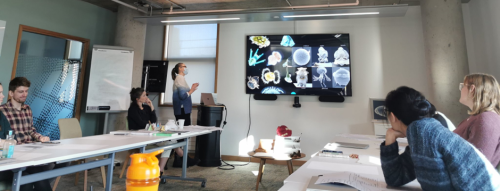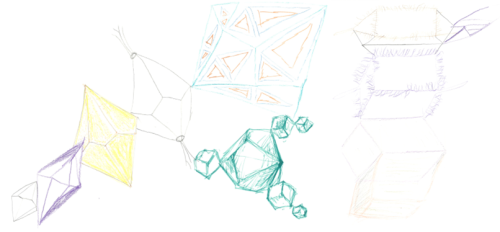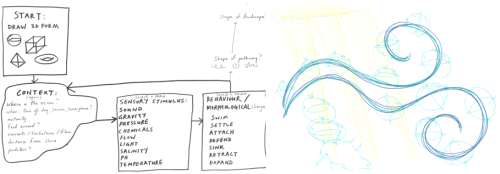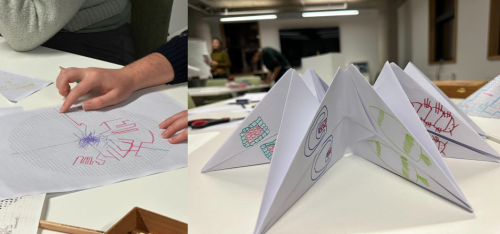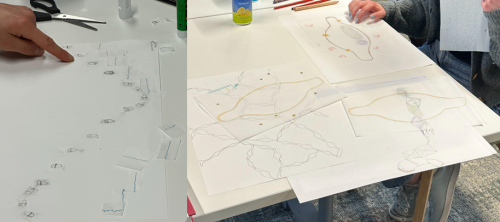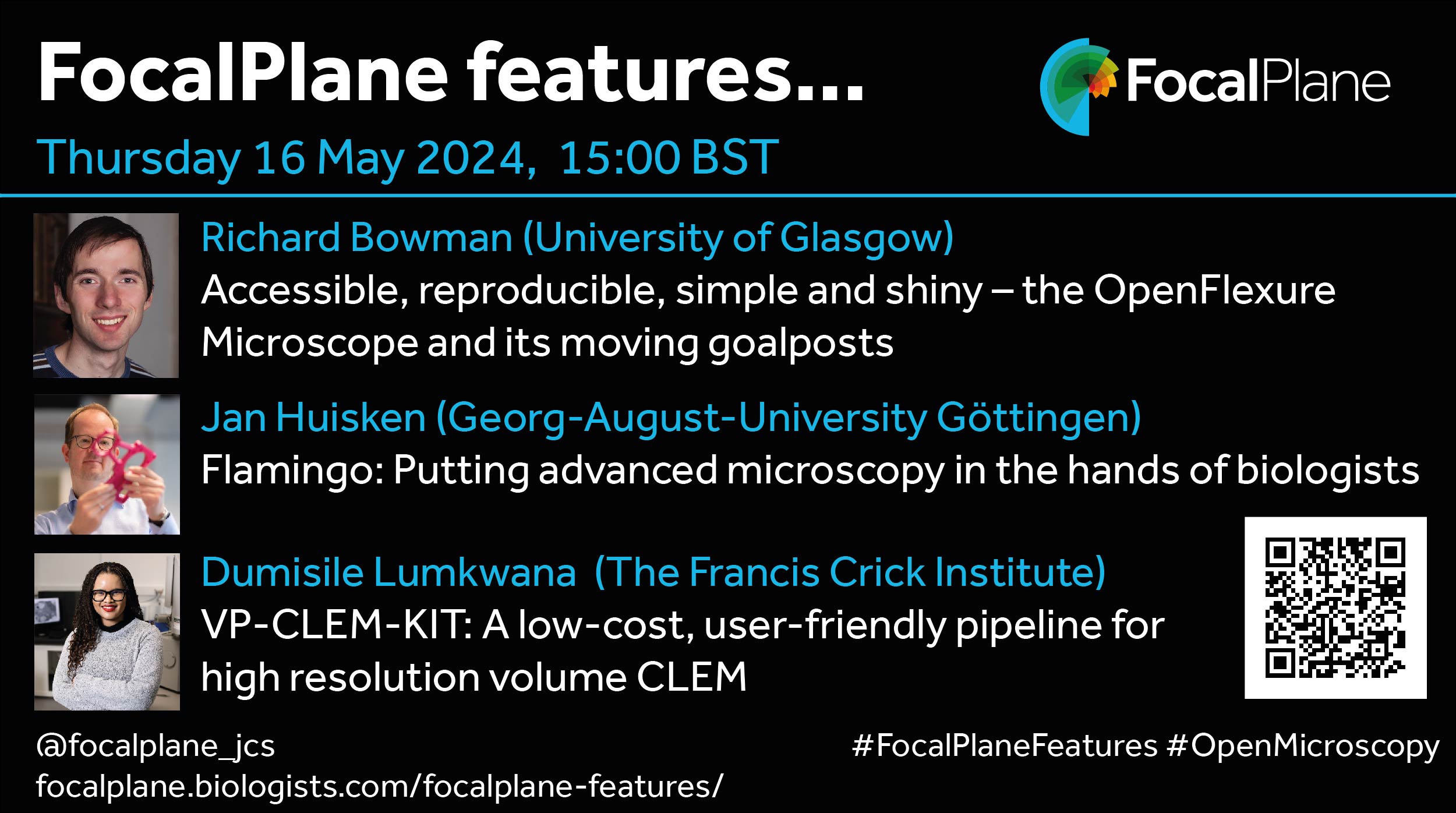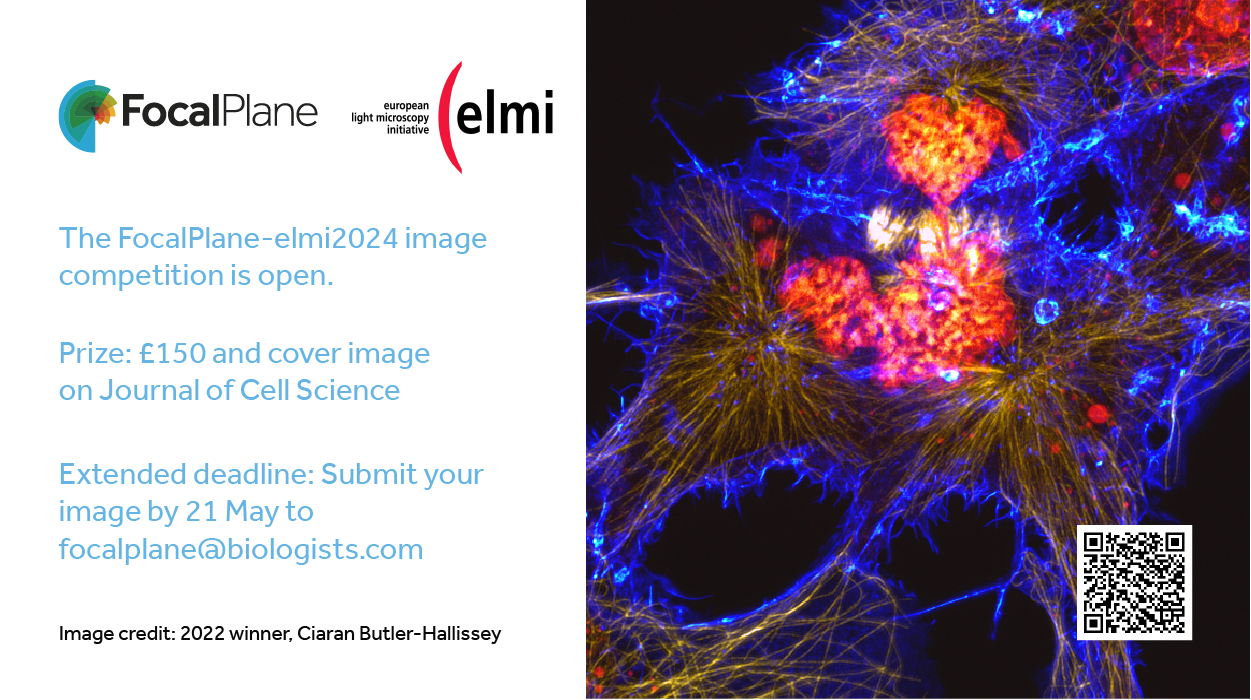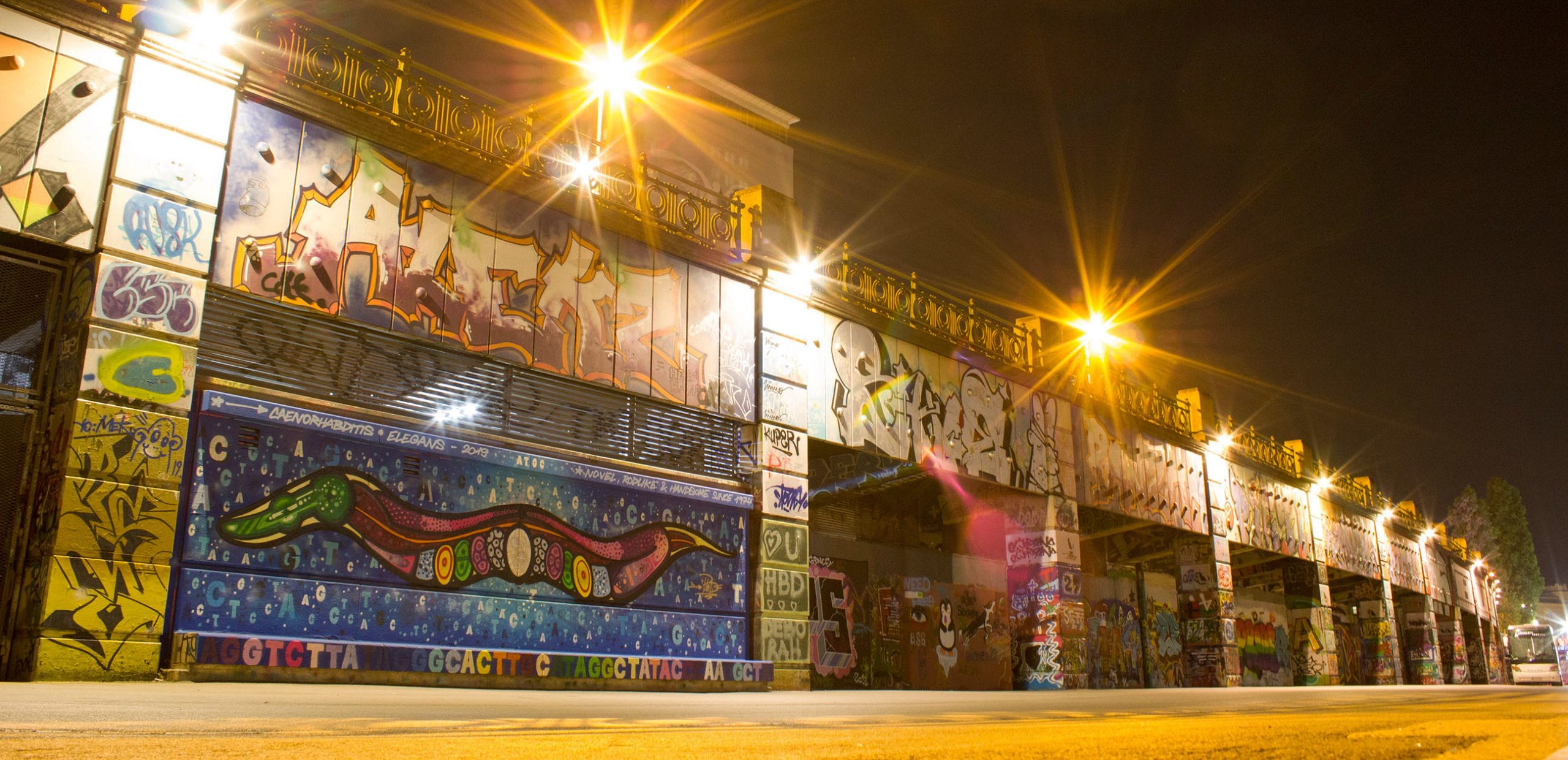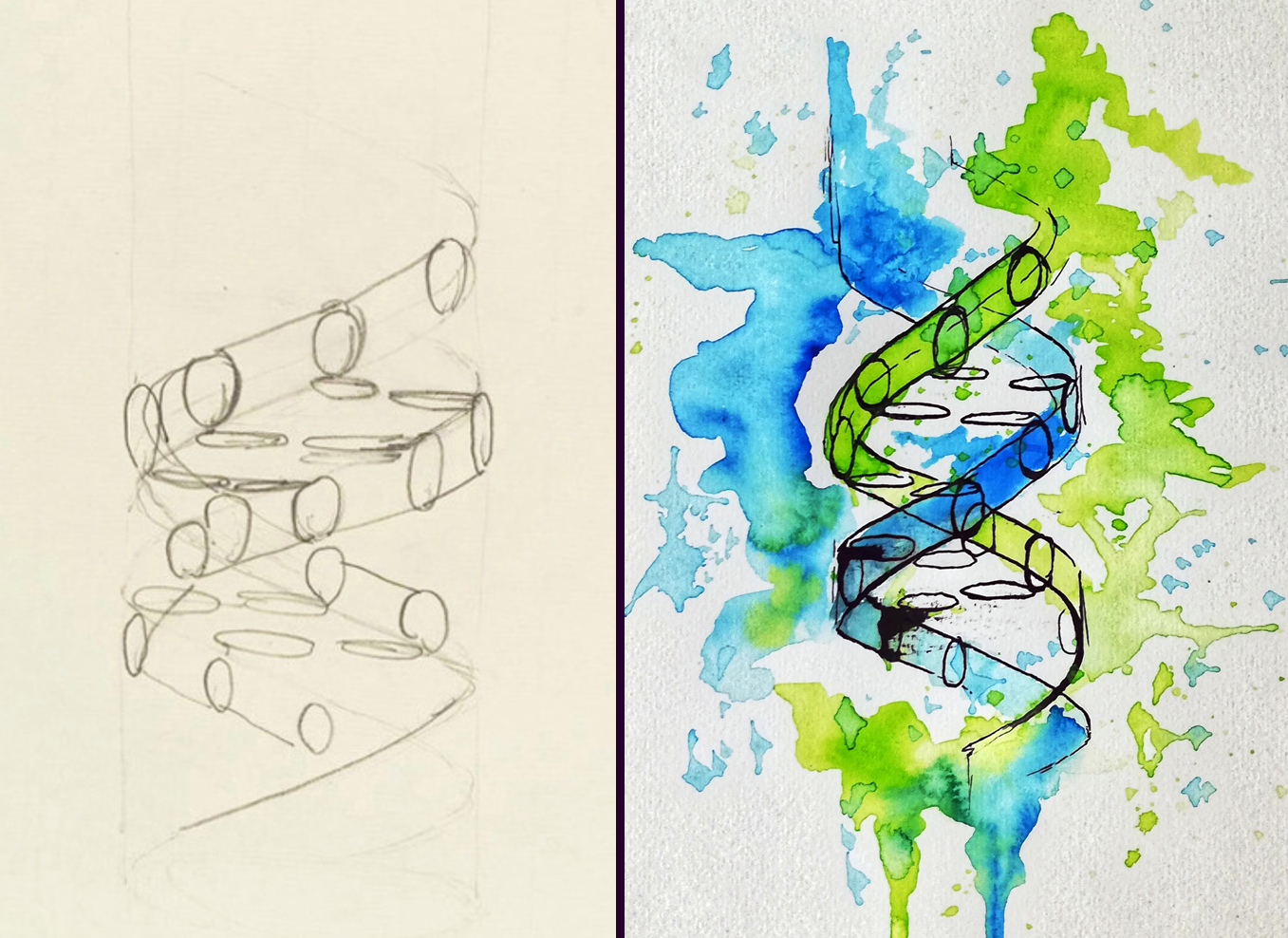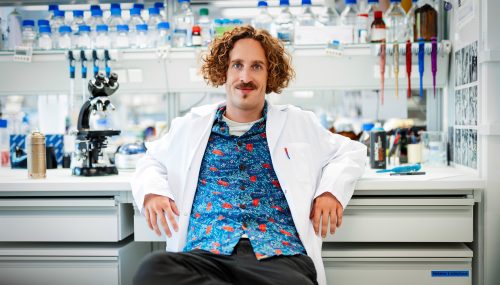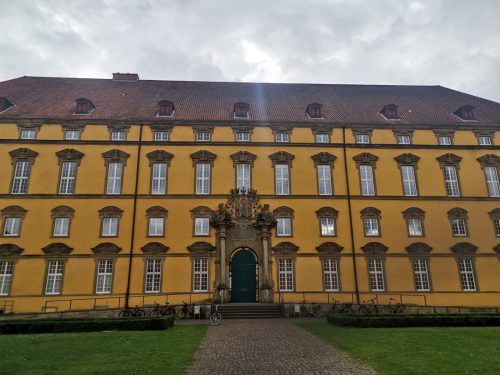Lab meeting with the Kierzkowski Lab
Posted by the Node, on 22 May 2024
This is part of the ‘Lab meeting’ series featuring developmental and stem cell biology labs around the world.
Where is the lab?
Daniel Kierzkowski: Our lab is part of the Plant Science Research Institute (fr. Institut de Recherche en Biologie Végétale – IRBV) established through a partnership between the University of Montréal and the City of Montréal. We are located in the beautiful Montréal Botanical Garden.
Institute website: irbv.umontreal.ca/?lang=en
Lab website: kierzkowski-lab.com/
Research summary
Our group studies the fundamental aspects of plant organogenesis. We aim to understand how tiny primordia, composed of groups of undifferentiated cells, give rise to the amazing diversity of organs found in nature. Using model systems such as Arabidopsis and Physcomitrium, we seek to uncover how fundamental processes of cellular growth, patterning, and differentiation are controlled at the molecular, cellular, and tissue levels to produce specific shapes. We hope that our research will provide a foundation for future crop improvement.
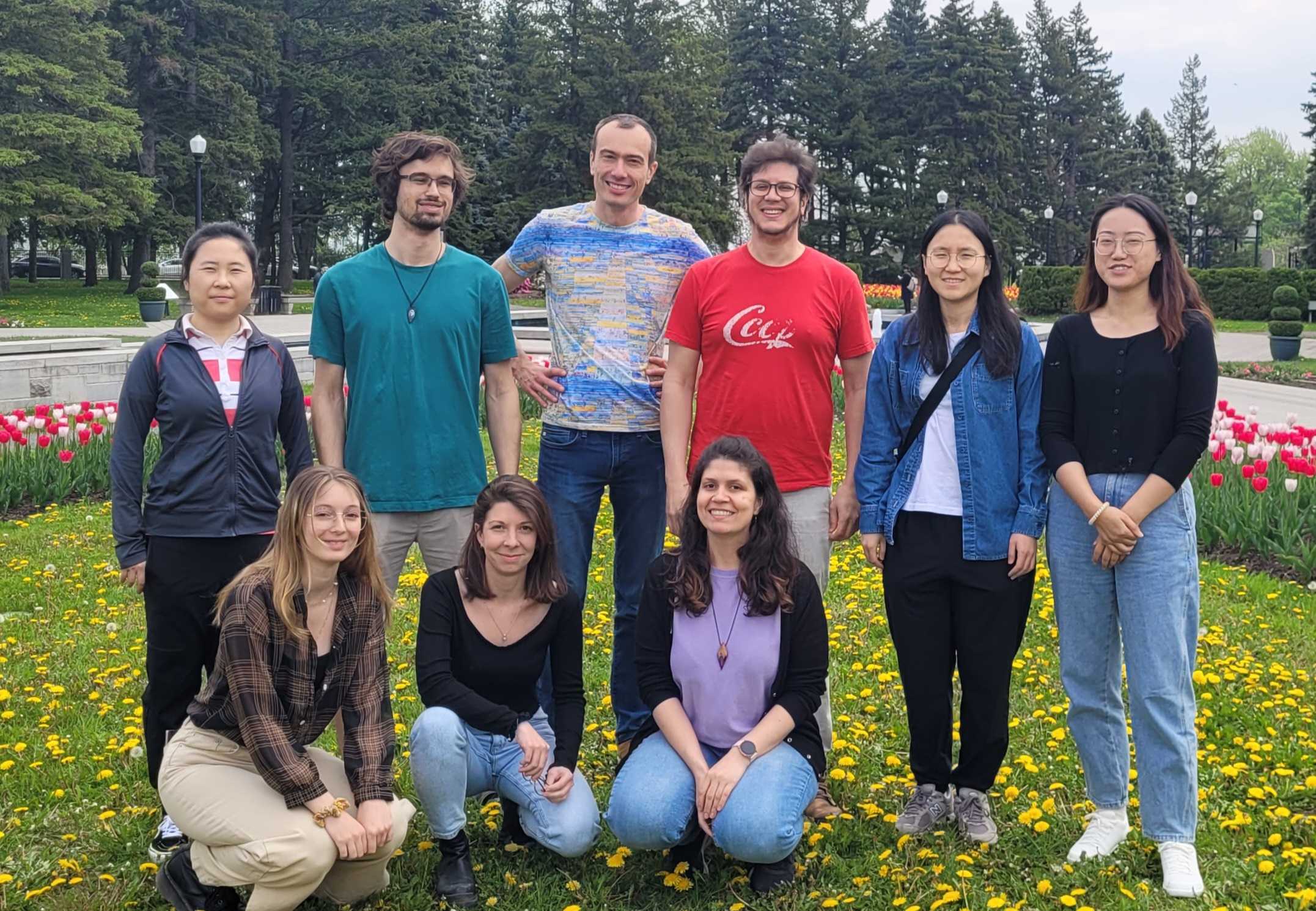
Lab role call
Wenye Lin: I am a Ph.D. student in the lab since 2020. The tiny moss Physcomitrium patens is my best friend. I study the evo-devo aspect of organ development with a focus on the role of auxin in regulating moss leaf (phyllid) morphogenesis.
Elvis Branchini: I am interested in plant development, genetic editing, and synthetic biology. My Ph.D. project aims to uncover the growth dynamics and regulation of primordia initiation in Arabidopsis thaliana.
Amelie Bauer: I am a Post Doc investigating the mechanisms behind the initiation of the valve margin structure in Brassicaceae fruits.
Binghan Wang: My Ph.D. project focuses on studying the gynoecium development of Brassicaceae species. Specifically, I investigate the roles of hormones and mechanical forces in fruit shape establishment.
Benjamin Lapointe: I am a Ph.D. student working on the development of the leaf in Arabidopsis thaliana. I use genetics, novel imaging methods, and mathematical analysis to decipher the processes shaping leaf growth and morphology.
Xuan Zhou: I am a visiting PhD student from Xishuangbanna Tropical Botanical Garden, Chinese Academy of Sciences. My project investigates the development of leaf shape during primary and secondary morphogenesis.
Sylvia Silveira: I spent four years as a postdoc in the lab and now transitioned into a research professional. While being involved in other projects from the lab, my focus is on exploring how organs get their 3D shapes using stamen as model system.
Rachelle Fontaine: I am a Master 2 internship student in the lab. I work on understanding shoot apical meristem growth in A. thaliana and how it is related to auxin.
Favourite technique, and why?
Daniel: No doubt: confocal microscopy! Our lab specializes in confocal time-lapse imaging, which allows us to follow organ development at cellular resolution for extended periods (up to two weeks of growth). When combined with image analysis software like MorphoGraphX, we can quantify cellular growth dynamics on the organ surface and, more recently, in 3D. This powerful approach helps us precisely understand how molecular and cellular behaviors translate over time into the final organ shape.
Apart from your own research, what are you most excited about in developmental and stem cell biology?
Daniel: Synthetic biology is fascinating. It’s amazing how animal stem cells can self-organize in vitro to spontaneously form early embryos or simple organs. I am also excited to see new model systems emerging in plants, which will allow us to answer important evolutionary questions in the near future.
How do you approach managing your group and all the different tasks required in your job?
Daniel: As a university professor, my job involves constant multitasking, from teaching undergraduates to managing the lab. I try to focus as much as possible on my research group. I want to be directly involved in all research projects while giving the people working with me enough freedom to pursue their own ideas. I strongly believe in teamwork and aim to create a collaborative environment that stimulates scientific interaction within the lab and with collaborators. Home office is not my thing; I try to be in the lab whenever possible. I am convinced that exciting discoveries can be achieved only when people work together to exchange ideas, troubleshoot problems, and support each other.
What is the best thing about where you work?
Benjamin: The multidisciplinary approach to biology, combining molecular tools, microscopy, and a biophysics perspective. Applying mathematics and modeling to extract new information is very exciting. To be at the edge of what has been done and what can be achieved in science.
Wenye: I love the location of the lab in a botanical garden, in our case, the largest one in north America. I am also spoiled by the amicable atmosphere between colleagues and supervisors.
Elvis: The best thing about where I work is the dynamic lab exchanges that keep us always thinking about the common patterns of development in general, how to make better experiments, and how to present it properly and succinctly. Also, the lab being at the Montreal Botanical Garden is a great perk!
Amelie: I like the effervescence of collaborative and interdisciplinary work that is at the root of our laboratory’s scientific dynamism. Fueled by a positive and friendly atmosphere, we can engage in multiple projects aimed at enhancing our understanding of plant morphogenesis.
Sylvia: I appreciate how collaborative everyone in the group is, and I love the inspiring location of the lab, within the Montreal Botanical Garden.
Rachelle: What is amazing in the lab is the collaborative and interdisciplinary work environment. Everyone is always willing to share their knowledge and help, leading to many exciting discussions and reflections.
Daniel: It is not so much about where but with who I work. I am super lucky to work with amazing people that are passionate about science.
What’s there to do outside of the lab?
Daniel: Montreal is a vibrant and multicultural city where everyone can find something interesting to do. We are privileged to have numerous festivals and cultural activities throughout the year, especially in the summer. The surrounding nature is outstanding. Although Canadian winter can be intense, there are plenty of outdoor and indoor activities to help us get through it.
Amelie: We are located in the Botanical Garden, a unique place where you can admire the diversity of the plant world. With its spectrum of sporting, cultural, and intellectual activities, Montreal reveals itself as a vibrant and surprising city. Close to immense natural parks, its location allows easy access to the great outdoors and an easy escape from the city.
Wenye: Montreal is a green gateway to nature. Besides having the Botanical Garden as our backyard, our lab is also within walking distance of the Olympic Park and the large Maisonneuve Park. The world-famous Niagara Falls and popular whale-watching spots are also nearby. Afraid of the long winter season? You will easily fall in love with the winter sports opportunities Montreal generously offers, such as downhill or cross-country skiing, ice skating, and snowshoeing. Montreal is also rich in cultural events, offering a variety of museums, concerts, and performances.
Binghan: Montreal offers several free public facilities, such as tennis courts in the summer, skating rinks in the winter, and indoor swimming pools available year-round. I appreciate how multicultural this city is, providing a fascinating exploration of diverse histories and food cultures from various nations.
Sylvia: Discover the diverse international culinary scene and local breweries. Go cycling, have picnics in the parks, explore museums, enjoy numerous festivals, hike in nearby national parks, and experience winter sports.


 (No Ratings Yet)
(No Ratings Yet)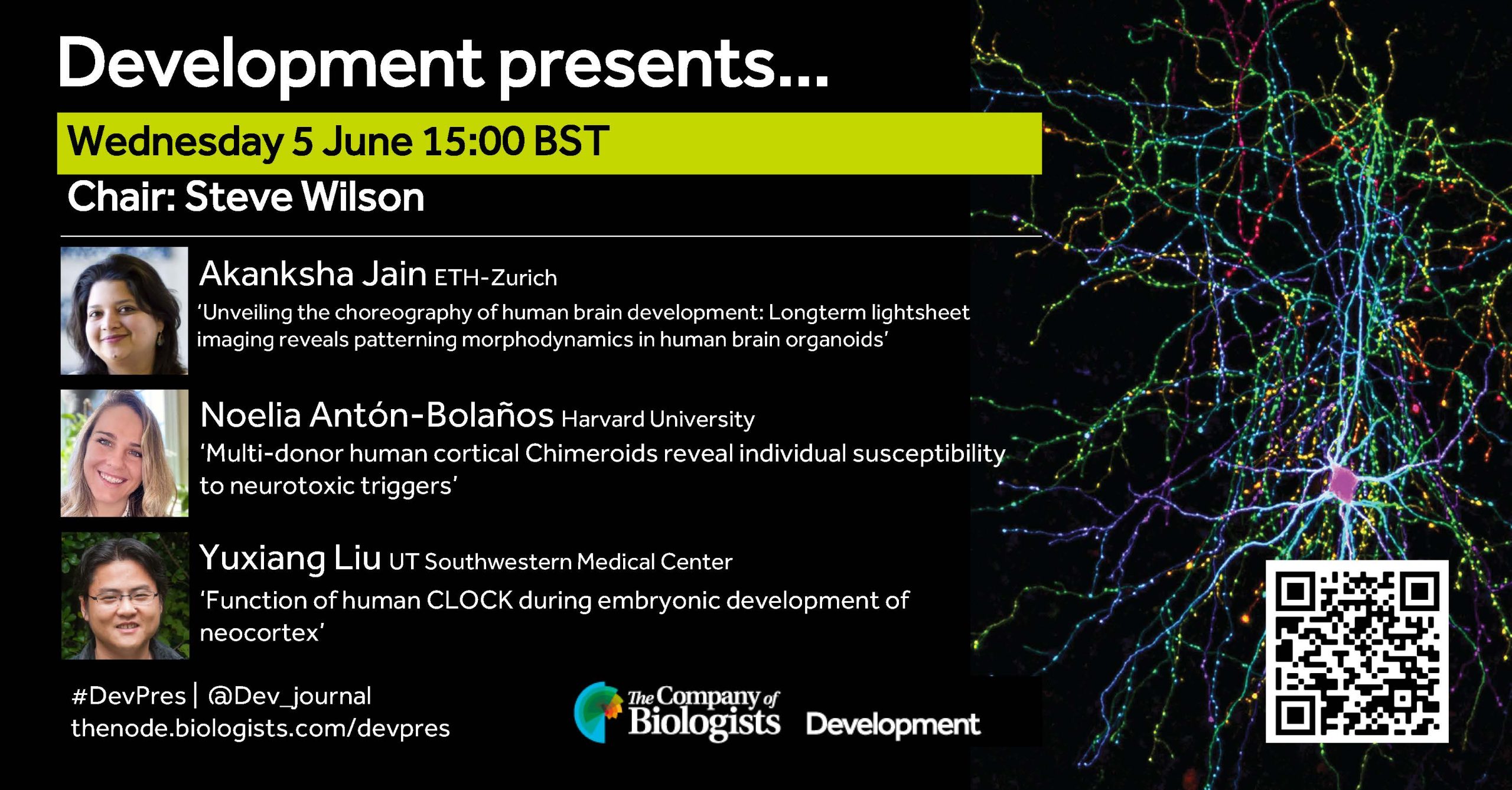
 (2 votes)
(2 votes)
